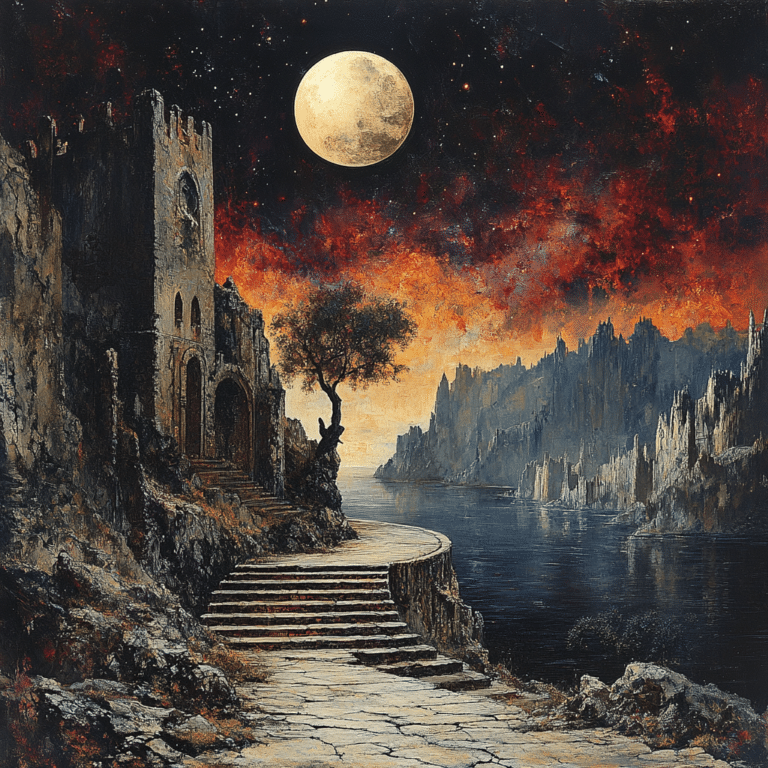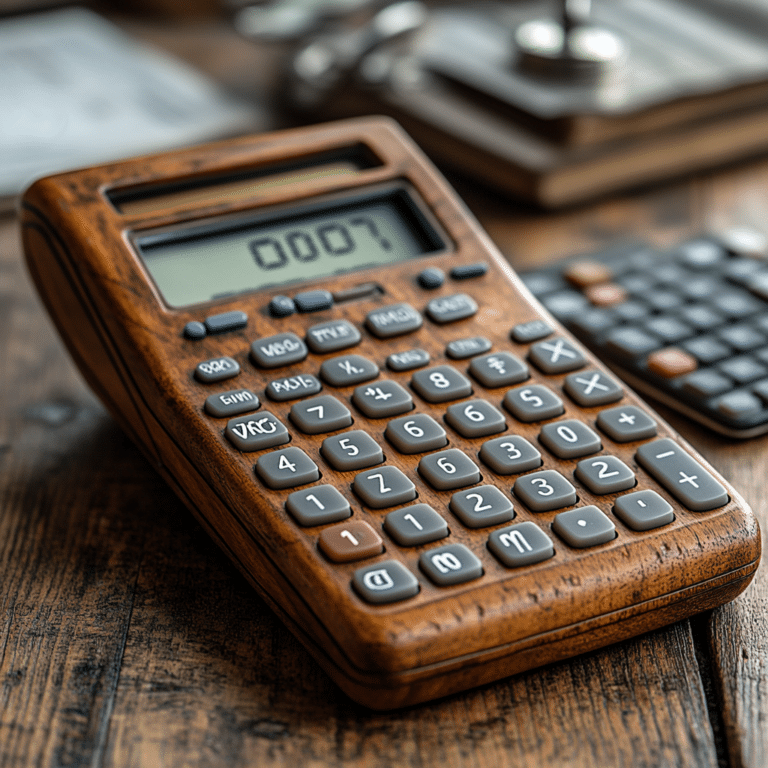“Burn Baby Burn” isn’t just a catchy phrase; it’s a banner raised high by those pushing back against systemic injustices in urban America. Rooted in the fervor of the civil rights movements and street protests of the 1960s, this phrase now embodies a powerful sentiment fueled by frustration, empowerment, and the unyielding pursuit for change. Today, it rallies those in marginalized communities who feel the burn of inequality, invoking action that clamors for justice and dignity. Let’s explore how this potent mantra finds its rhythm in today’s fight for equality.

The Multi-Faceted Symbolism of “Burn Baby Burn” in Modern Urban Rebellion
The mantra “Burn Baby Burn” connects with a series of historical and cultural movements. Initially coined by radio disc jockey Magnificent Montague, who used it to introduce records he deemed “hot,” its meaning has since morphed into something much deeper.
A Resonant Legacy
The Watts riots in 1965 saw “Burn Baby Burn” echo through the streets as a rallying cry for anger and rebellion. It wasn’t merely about chaos; it symbolized a burning desire for freedom and acknowledgment. Today, the phrase’s legacy shines brightly amid turbulent times, reinforcing the cries for systemic reform, often found in slogans against police brutality.
The Heartbeat of Urban Rebellion
The revival of “Burn Baby Burn” in recent protests speaks volumes about our society’s reliance on symbolic expression. It has transformed into an emblem of discontent—encapsulating the cries for justice from movements spanning across decades. This vibrant imagery symbolizes empowerment that encourages citizens to rise up against the socio-political structures that marginalize them.
The Connection to Cultural Narratives
Today’s urban landscapes are not just sites of struggle; they’re cultural canvases filled with stories. The phrase resonates through powerful art and music, urging conversations around crucial societal issues, illustrating how “Burn Baby Burn” has transcended its original context to become a potent symbol within various movements.

Top 5 Examples of “Burn Baby Burn” in Contemporary Movements
1. Black Lives Matter Protests (2013-Present)
Following George Floyd’s tragic murder in 2020, the phrase “Burn Baby Burn” echoed through protests, serving as an emblem of resistance against racial injustice. Demonstrators time after time invoked this passion, channeling their grievances into a powerful message that even rings true amid the hazy smoke of burned buildings. Rallies reclaimed urban spaces as not just a plea for justice but a blazing call for systemic reform.
2. Climate Activism
The urgency of climate change has led to a resurgence of the phrase among climate activists, particularly within movements like Extinction Rebellion. These advocates often use fire metaphors to express the dire consequences of climate negligence—absolutely screaming for immediate action, lest the earth overheats. The environmental rhetoric crystallizes the “Burn Baby Burn” ethos, urging us not to let future generations find a smoldering ruin in our wake.
3. Urban Artists and Their Works
Street artists, most notably Banksy, channel the rebellious spirit of “Burn Baby Burn” into their works, using fire imagery to critique societal norms and reflect on pressing issues. Through thought-provoking pieces, these artists create dialogues surrounding consumerism, war, and injustice, showcasing urban avenues as the battlegrounds of creative expression.
4. The Rise of the Gen Z Activist
Gen Z is harnessing the power of social media to ignite discussions surrounding mental health and systemic challenges. With “burnout” becoming a constant topic of conversation, the phrase “Burn Baby Burn” resonates with those grappling with societal pressures. They’re tapping into the metaphorical fire that highlights their resilience and desire for acknowledgment.
5. The Music Industry’s Role
Hip-hop artists like Kendrick Lamar and J. Cole inject “Burn Baby Burn” sentiments into their lyrics, reflecting the struggles faced by marginalized communities. They encapsulate the rebellion against systemic repression, using their platforms to rally listeners toward recognizing their individual and collective power to drive change.

The Cultural Rebirth of “Burn Baby Burn”: A Lens Through Music and Art
The connection between “Burn Baby Burn” and cultural expression brings forth a renaissance of art and music within urban communities. Hip-hop tracks and visual arts use fire not just as a destructive force but as a transformative symbol. It brings people together and sparks conversations about societal injustices, genuinely capturing the essence of collective sentiments.
Glimpses of Hope Through Art
Artists across mediums are breathing life into activism, reminding us that art can be a powerful vehicle for change. In this cultural milieu, fire signifies hope, capturing the essence of perseverance and the spirit of rebellion. When people look toward these creative expressions, they’re ignited by the flames of change that may just turn the tide of complacency.
Community Empowerment
Locally-driven art initiatives have emerged within these narratives, allowing artists to engage directly with communities. These projects are not mere expressions; they spark dialogue and connection, urging citizens to reclaim their narratives and channel the spirit of “Burn Baby Burn” into actionable progress.

Societal Relevance: Fire, Change, and Vision
As we delve deeper into 2024, the implications surrounding “Burn Baby Burn” weave through society’s vision for the future. Once battlegrounds of conflict, urban spaces are morphing into incubators for innovation. Rather than gazing into a past filled with flames, communities are choosing to forge paths toward sustainable urban development, turning fiery histories into stories of triumph.
Urban Spaces as Rebirth Grounds
Diving into urban development reveals a shift in how neighborhoods visualize their identities. These vibrant settings are cultivating innovation—replacing smoldering structures with hopes of economic growth, public engagement, and sustainability. The narrative surrounding “Burn Baby Burn” has transformed, and it’s optimistic.
Vision for Future Change
The underlying hope is not simply to extinguish the flames of the past but to harness their energy. Communities are transforming these fiery stories into narratives of resilience and fortitude, emphasizing growth and progress as the pillars of a brighter future.

Empowerment Through Rebellion: Igniting Conversations
The relentless spirit of urban areas pushing back against societal suppression showcases a profound theme of empowerment captured through “Burn Baby Burn.” Dialogue surrounding critical issues—race, environment, and mental health—is advancing, creating waves of understanding and unity within communities.
Movements of Movement
This interplay of diverse narratives illustrates that these efforts aren’t just spontaneous acts; they’re movements with purpose. With grassroots campaigns sprouting across the nation, every voice contributes to a chorus seeking justice and equity. From local discussions to online forums, each conversation stirs the embers of resistance.
Reclaiming Stories from the Ashes
People are reclaiming their stories, weaving together experiences of pain and joy alike. The capacity to rise from ashes—just like a phoenix—is integral to the fight, inspiring generations with the mantra of “Burn Baby Burn.” It encapsulates the wisdom gleaned from past struggles and harnesses hope for coming generations.
The Power of Transformation: Fanning the Flames of Change
“Burn Baby Burn” stands as a potent reminder of transformation’s potential within urban settings. The activism resurgence, coupled with a revitalized artistic voice, highlights that the sparks of rebellion are not merely destructive. Instead, they fuel hope and propel growth. This collective resilience speaks across ages, breathing life into a movement stirred by voices unwavering in their pursuit for a better world.
A Call for Continued Action
As we carry forward the fire of “Burn Baby Burn,” let’s not lose sight of its roots. It’s a call to action to not just watch but to participate. Each act of solidarity, be it through art, music, or protest, reignites the flames of change within our communities.
Conclusion: Shaping the Future
Ultimately, this enduring legacy acts as both a challenge and a rallying cry, shaping ongoing dialogues about justice and equity. By embracing the fiery spirit of “Burn Baby Burn,” we continue to stand alongside those seeking transformation, ensuring that the flame within our hearts burns bright for generations to come.
As we move toward a future ignited by these shared movements, let’s keep the conversation going, share our stories, and fan the flames of justice so that no voice goes unheard, and no struggle is left behind.
Burn Baby Burn: Urban Rebellion and Fire
History in Flames
“Burn baby burn” isn’t just a catchy phrase; it carries a fierce history tied to urban rebellions, especially during the tumultuous civil rights era of the 1960s and 70s. The phrase emerged as a rallying cry during riots, reflecting the frustration of communities facing systemic injustices. Interestingly, while we often think of fire as destructive, it can symbolize renewal or rebirth, much like how some see the cycle of life. And speaking of cycles, did you happen to know that a cartoon character played a surprisingly intriguing role in talking about social issues? After all, who started racism resonates with today’s discussions about prejudice and representation.
Pop Culture Impact
Flash-forward to modern times, and “burn baby burn” has wormed its way into pop culture, showing up in everything from music to memes. It reflects not just rebellion but also the spirit of a generation ready to challenge the status quo. Fun fact: while some things change, trends like the popularity of certain phrases can stick around longer than you’d think. This isn’t unlike the way phrases like “bussin” have evolved in today’s youth vernacular, continually shaping how we express ourselves.
A Global Perspective
When we broaden our view, we can see that “burn baby burn” also plays into a larger global conversation about urban struggles. It echoes in various cities worldwide as citizens voice their frustrations with authorities. At the same time, new trends in leisure and relaxation continue to emerge, such as the rise of the best inflatable hot tub. This has become symbolic in its own right, contrasting with the fiery spirit of rebellion, offering a different kind of escape.
Whether you’re diving into the historical significance of urban phrases or sipping a drink in your hot tub, the threads of “burn baby burn” intertwine with self-expression, cultural shifts, and an ongoing dialogue about what it means to fight for change. A bit of silliness, like discussing the fiest time of your life, can remind us that history’s heavy moments often lead to personal growth and joy. So, let’s keep exploring these fascinating connections!

What does the slang Burn Baby Burn mean?
“Burn, baby! Burn!” is a slang phrase that encourages the fire or burning of something, emphasizing that it’s a good thing and should increase.
Where did the phrase “burn baby burn” come from?
The phrase “burn, baby! burn!” got its start from a radio DJ named Magnificent Montague, who used it to hype up songs at a Los Angeles station before it exploded in popularity during the Watts riots in 1965.
Why was Burn Baby Burn so popular?
The popularity of “Burn, baby! Burn!” can be traced back to its catchy, rebellious vibe that resonated with people during social unrest, making it a symbol of urban rebellion.
Who performed Burn Baby Burn?
“Burn, Baby, Burn” was famously performed by The Trammps, a disco group, and it became one of the standout tracks of the disco era.
What is the story of Burn Baby Burn?
The story behind “Burn Baby Burn” revolves around its use during the Watts riots, where it turned into a rallying cry, symbolizing anger and frustration among those fighting against social injustices.
What was Burn Baby Burn a slogan for?
“Burn Baby Burn” served as a slogan for the disco movement, embodying the carefree spirit and energetic vibes of the party scene in the 1970s.
How do you get the Burn Baby Burn ending?
To unlock the “Burn Baby Burn” ending in a game, you typically need to make specific choices that align with themes of rebellion and chaos, leading to that particular conclusion.
Who is the serial killer in Burn Baby Burn?
In “Burn Baby Burn,” the serial killer character is identified as a villain whose actions drive the tension and plot throughout the story, but specifics depend on the adaptation referred to.
What happens if a baby gets burned?
If a baby gets burned, it can lead to serious injuries and requires immediate medical attention to prevent complications and ensure proper healing.
What is the theme of Burn Baby Burn?
The theme of “Burn Baby Burn” often revolves around rebellion, youth empowerment, and the struggles against societal norms, capturing the spirit of the time.
How old is Nora in Burn Baby Burn?
Nora, a character in “Burn Baby Burn,” is 16 years old, navigating the trials of adolescence while dealing with the surrounding chaos.
What are the key features of Britpop?
Britpop is characterized by its catchy melodies, guitar-driven sound, and lyrics often reflecting British culture, social issues, and identity.
Where did the term “burn baby burn” come from?
“Burn, baby! Burn!” traces its origins back to DJ Magnificent Montague’s radio shows before becoming a symbol in the 1965 riots.
What was the first disco song?
The first disco song is often credited to “Love to Love You Baby” by Donna Summer, which helped kick off the disco craze in the 1970s.
What is Disco Inferno based on?
“Disco Inferno” is based on the concept of a fire metaphorically representing the energy and intensity of the disco scene, becoming a classic dance anthem.
What does you burn mean in slang?
In slang, “you burn” typically means someone is called out or insulted, suggesting they’ve been “burned” by a clever remark or critique.
What is the theme of Burn Baby Burn?
The overarching theme of “Burn Baby Burn” focuses on rebellion, freedom, and the pursuit of happiness amidst societal challenges.
What does the expression burn mean?
In social media, “burn” can refer to someone being roasted or criticized sharply, often in a humorous or witty way that’s shared widely.



























